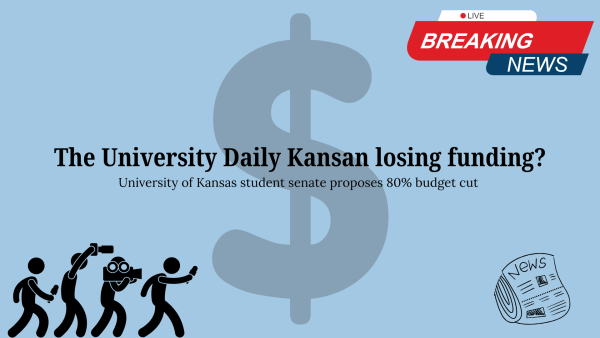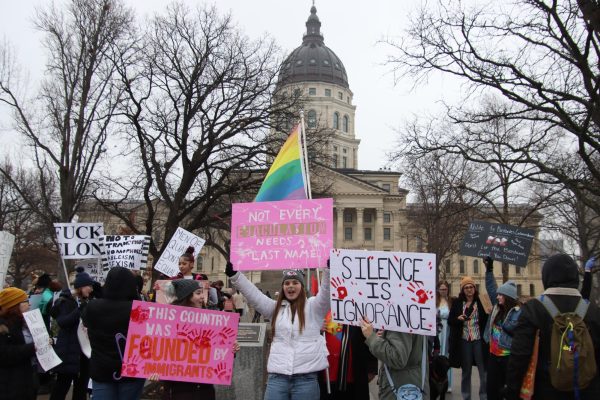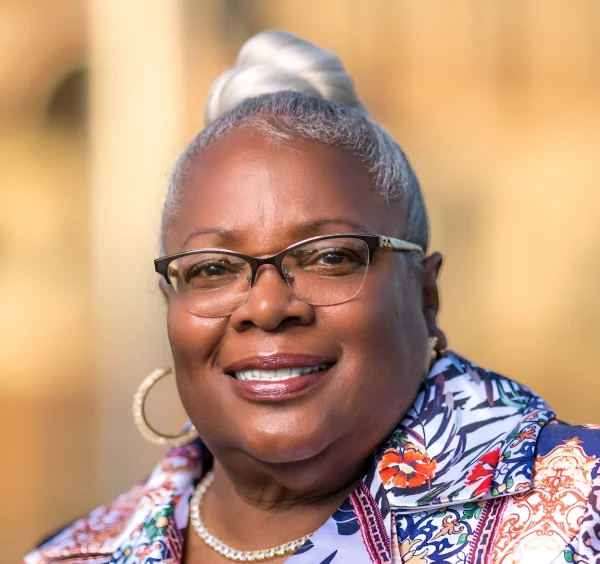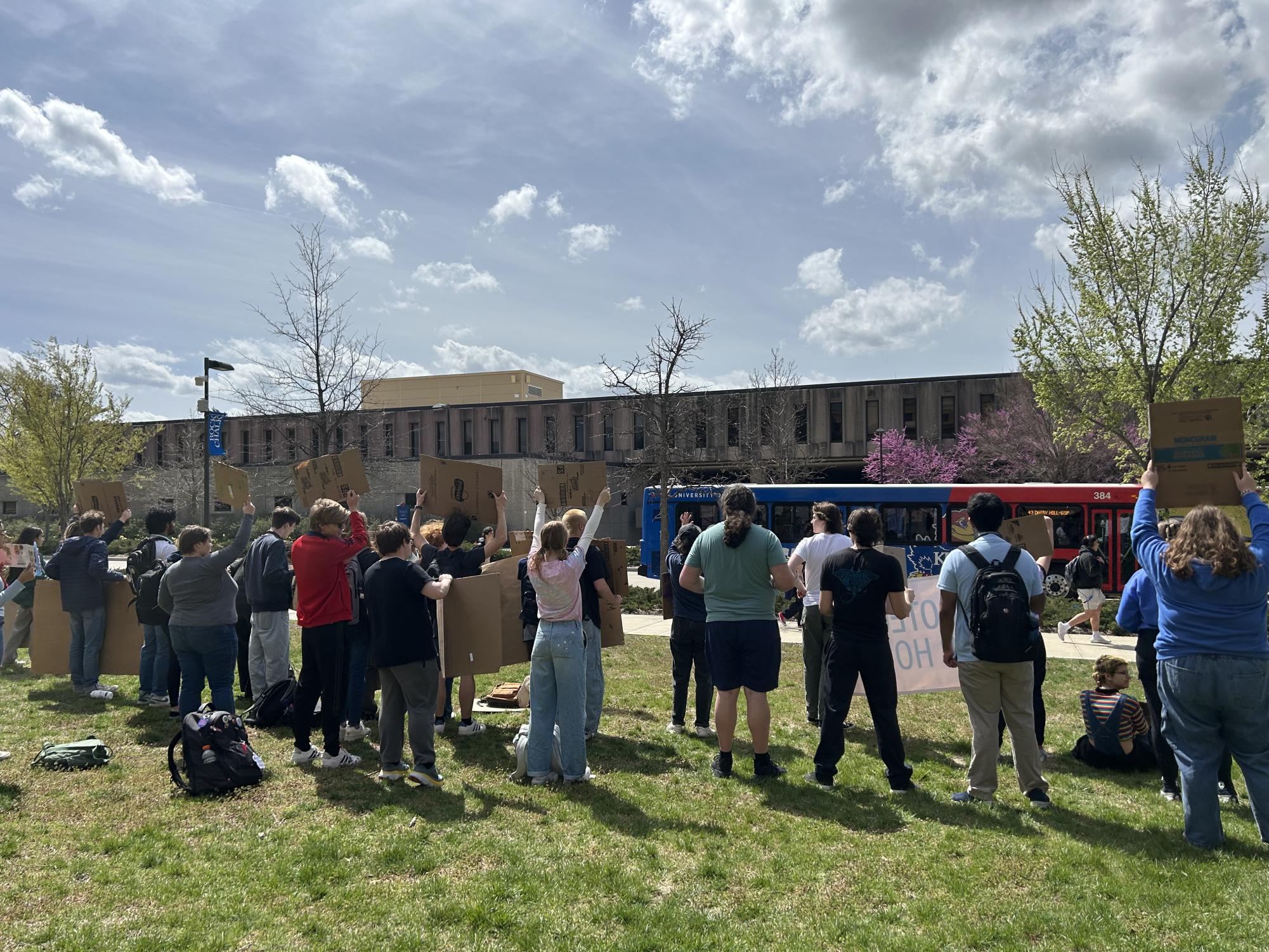Homelessness in Topeka
Every year the United States Department of Housing and Urban Development requires cities across the nation to take a point-in-time count of the number of unsheltered individuals on a given night in January. This year the results for Topeka stated that there were 401 individuals without shelter on Jan. 12, 2020, 17% of which are under the age of 18.
“I refer to our homeless population as the invisible population,” said Sergeant Joshua Klamm of the Topeka Police Department. “You see them, but you ignore them and keep walking.”
Klamm is the Behavioral Health Unit supervisor for the TPD and works in direct communication with the individuals making up Topeka’s homeless population.
“Our unit branched into homeless outreach about two years ago,” said Klamm. “Unfortunately the majority of our unsheltered homeless individuals have addiction issues or mental health issues. That kinda goes hand in hand with what my unit does anyway. So it was a natural progression picking up that aspect as far as homelessness on top of CIT [crisis intervention teams] work.”
Mental health is one of the major factors which impacts those experiencing homelessness in the community.
“I have individuals on the mental health side of things who refuse to take psychotropic medication,” said Klamm. “And they self medicate with meth because the stigma of being a drug addict is less than the stigma of having a mental health concern. And that’s a pretty big issue.”
Stigmatization is a dangerous phenomenon which can ultimately lead to such issues. Much of it stems from the notions we have of how a community should be perceived.
“I think we have to approach this from two sets of concerns,” said Washburn sociology lecturer Marisa Gonzalez. “In any given society, you’re always going to have people who are concerned with homelessness in terms of humanity saying, ‘there’s homeless people in our community, we have to address that, what changes do we need to make, job opportunities, programs, et cetera.’ We also have to acknowledge there are other individuals within a community that have a different set of concerns that are more tied to optics. ‘How does it look when we have these individuals within our society?’”
This idea of optics-based concerns can be damaging to the individuals experiencing homelessness, as well as the issue as a whole.
“There is a what’s called an explosion of homelessness in America right now,” said Topeka Rescue Mission director Barry Feaker. “If it was just about being homeless, it would be easy, but it’s not. It’s much, much greater than that. It’s about mental illness. It’s about addictions. It’s about rejection. It’s about human trafficking. It’s about unemployment. It’s about numerous different things. To be effective and to be able to help people, you need to address all of that, and that’s always our challenge.”
A multifaceted issue requires multifaceted solutions. The Topeka Rescue Mission provides a number of different programs to help.
CARE [career readiness education] is a twelve week job readiness program that helps individuals find work that they are capable of and passionate about. Servants in Training, a one year program, and the Center for Biblical Leadership Development, a two year program, are aimed at meeting the spiritual, mental, emotional and vocational needs of individuals in the community. TBRI [Trust Based Relational Interventions] looks at the trauma that people have gone through with both children and adults.
“You see everything,” said Klamm of the living situations found in Topeka’s homeless encampments. “You’ll see some people who, whether it’s due to their addiction or mental health, they’ll just sleep in a sleeping bag out in the open; they won’t even have a structure. It is everything from nothing to pretty elaborate camps.”
Perhaps the most widely recognized homeless encampment in Topeka is referred to as Tent City, located in north Topeka and largely resting on railroad owned property.
“Prior to last winter. There were about 10 to 15 people in this general area we call Tent City today,” said Feaker.
Due to a 2018 incident in which the Kansas Avenue bridge was structurally damaged as a result of a concentrated fire, the individuals camping under the bridge were displaced and joined those in Tent City, doubling its population.
“Other people started to go into that same area where there were 30 and then a few more and then a few more and so on,” said Feaker. “It’s nothing like we’d ever seen before. But this summer, it got up to approximately 130 people. So you went from 15 people to 30 people 130 people.”
Several community agencies recognized the expanding population of Tent City as something which needed to be addressed. Actions were taken to assist those in the area by providing hand washing stations and Porta Potties, as well as delivering meals and even providing immunizations and aid in signing up for health care.
“It became kind of almost like rescue mission number two, but outdoors,” said Feaker. “With TPD and Sergeant Klamm, Valeo, TRM and some others actively participating and helping people.”
Amidst the community support from organizations in the area, Tent City received news of impending shut-down by mandate of the Burlington Northern Santa Fe Railroad Police Department in the summer of 2019. Union Pacific Railroad, which owns adjacent property currently hosting Tent City has since also come forward expressing intent to ask people to vacate the area. However, no dates have been set for enforcement.
“Discussions are going on now as to what will happen if both railroads come in and say, ‘you cannot be on that property,’” said Feaker. “TRM has also looked at the pieces of property that we own over there and decided that we cannot safely manage a lot of people outdoors on our property. And if you can’t do it safely then you shouldn’t do it at all. So what we’re doing as a community is looking at, ‘what are some better options.’”
While there are several serious concerns facing TRM and homelessness as a whole in Topeka, there have also been opportunities for positive and productive change, such as TPDs new ID program.
“When you are trained as a cop, it becomes second nature to ask people for their ID,” said Klamm. “So what I learned right off the bat when I started homeless outreach is that none of our unsheltered individuals have IDs. I ask them why they don’t have one and, ‘I lost it,’ and, ‘it was stolen,’ are the most common responses.”
From this revelation came the Unsheltered ID Cards initiative, providing Topeka’s unsheltered population with a path for securing a state ID, as outlined by the TPD’s official website.
Aside from community agency efforts, the general public of Topeka has many opportunities for getting involved to help.
“There are little ways to help, like donating to Bods Feeding Bods food pantry,” said Gonazlez. “As a community on campus, we are not immune to homelessness by any means. So just start here and support the community here. There are various organizations on campus that are fantastic opportunities to give. It’s simple, give what you can.”
Sargeant Klamm advises students to take the next step in first educating themselves on the issue then appealing to state legislators to take action.
“If Washburn, or college students, got together and educated themselves then started pressuring our state legislature to increase funding to locations like Valeo, they could encourage bigger funding for the organizations who do provide the services,” said Klamm. “There’s no funds currently to house these [unsheltered] individuals. So if you’re sleeping on the street, the best I can do is give you more blankets; there’s no place where I can provide you a place to stay, and it shouldn’t be like that.”
The first step is education on the issue.
“I think it’s important for people, if they really want to roll their sleeves up and make a difference, they need to know what they’re making a difference in,” Klamm said. “Community education on the issue of homelessness is available and extremely important for people to engage that way.”
Feaker gave a word of advice to those wanting to be a part of the solution.
“Your generation is a generation who has taken some time to analyze that previous institutional efforts have not necessarily worked,” said Feaker. “And I think that a good challenge would be to go out and to say to this generation, ‘we can make a difference now.’ We can learn from the successes and failures of those who have come before us. And we can say, ‘it is time for this generation to not kick the can down the road any further,’ and to really do whatever it takes, so that when we pass the baton on to the next one that we will say we made a great difference.”
Edited by Abbie Barth, Joelle Conway
Your donation will support the student journalists of Washburn University. Your contribution will allow us to purchase equipment and cover our annual website hosting costs.















Asia Fairman • Aug 27, 2020 at 1:35 pm
I have completed the 12- week Care Program, and if anybody needs any help with this type of education, i am here for them.